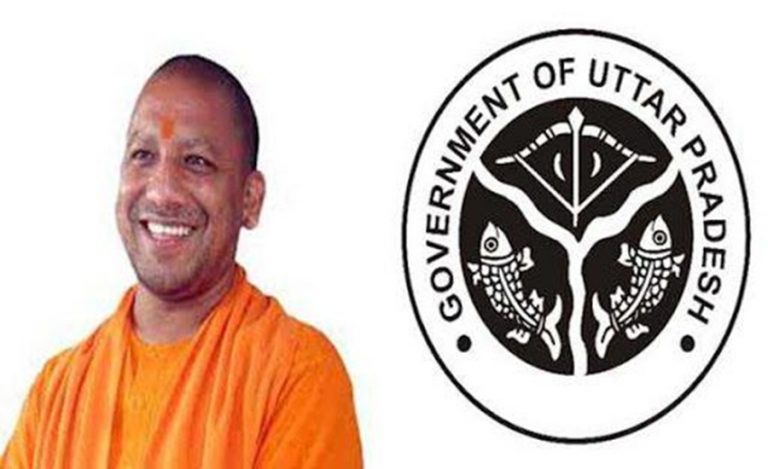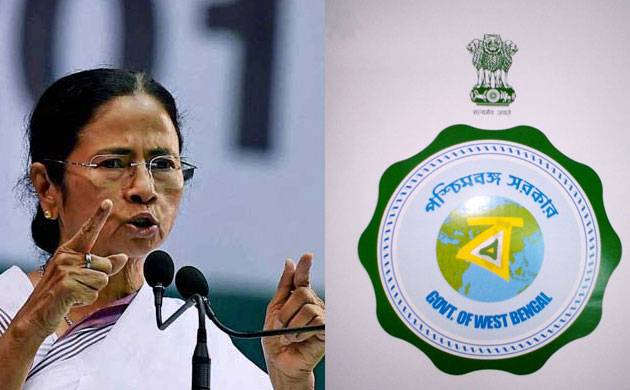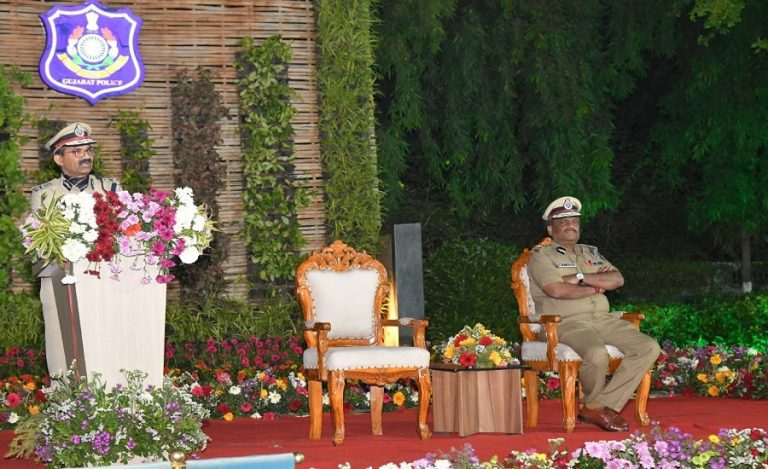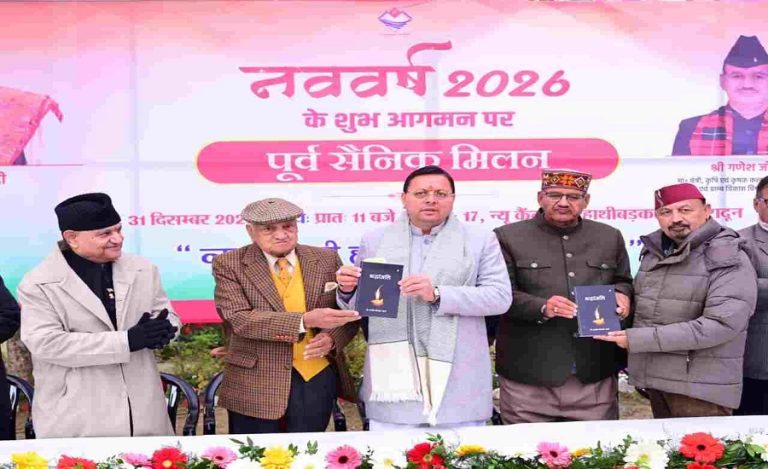India’s Project Tiger is one of the most successful wildlife programmes in the world. And, now, countries are taking help from India to reintroduce tiger in their forests. Recently, a delegation of senior forest officers and frontline staff from Cambodia came for training to Panna Tiger Reserve (PTR) in Madhya Pradesh and studied India’s tiger reintroduction programme and all its aspects.
National Tiger Conservation Authority (NTCA) and Wildlife Institute of India jointly organized this training session for the Cambodia delegation and instructed PTR for cooperation in every way.
The World Wildlife Fund (WWF) in Cambodia declared tigers functionally extinct in 2016.The last tiger was seen in Cambodia on a camera trap in the eastern province of Mondulkiri in 2007. That is why India is also considering sending tigers to Cambodia to help it reintroduce the big cat in its forests, after a request from the Cambodia government. The government signed a pact with Phnom Penh for the world’s first transnational tiger reintroduction programme last year.
Indian Masterminds interacted with CCF and Field Director of Panna Tiger Reserve, Mr. Brijendra Jha, an IFS officer of 2003 batch, to learn more about the training programme and how PTR is helping Cambodia in its tiger reintroduction.
PANNA VISIT
A Cambodian delegation visited PTR for two days on 27 and 28 October this year. Panna’s tiger reintroduction programme has been a very successful one. That is why the Cambodian government sent its delegation here to study about it. The delegation toured PTR and saw the activities related to tigers, and understood its conditions as well.
“We have discussed about tiger reintroduction programme with the delegation from Cambodia. India is ready to support them,” said Mr. SP Yadav, Member Secretary of the National Tiger Conservation Authority.
Recently, India signed an MoU with Cambodia, which is seeking support for tiger reintroduction, after it lost all its tigers due to poaching, habitat loss and other issues. India is also keen to find out the causes for tiger disappearance in Cambodia.
Mr. Jha said, “They had a lot of doubts and questions regarding tiger reintroduction programmes and we answered them all. We gave them complete information through presentation on how the tiger reintroduction activity has been run in Panna.”
THE LEARNINGS
Panna’s most prominent objective is “tiger conservation with mass support”. With the help of the public, tiger conservation becomes easy and this concept has been very successful. Because it can be done with the help of those whose livelihood is dependent on the forest. This is the most prominent and basic theme for saving tiger. Panna’s success story is also based on this theme.
Mr. Jha said, “In this model, we sit and discuss with villagers from all the villages around Panna, connecting them as tiger friends (Bagh Mitra). We make them take pride in the tigers that live in their area. We make them feel that Panna is not just the government’s property, but it belongs to every person living near it.”
PROBLEMS IN CAMBODIA
In Cambodia, people eat the meat of wild animals. That is why people hunt animals more. Also, there is a lot of trading in animal parts.
Mr. Jha pointed out yet another problem, and that is budget. “If you start a project in the forest, you will have to provide employment to the people living nearby for connecting them to the forest. And for this, provision of budget will have to be made.”
About 2.5 million tourists visit Panna every year. Due to which, this tiger reserve gets good income from the entry fee. Also, the local economy gets a boost because of good sales in the nearby shops. “But this will happen only when you develop a model,” Mr. Jha stated.
He also said that the Wildlife Protection Act in Cambodia is not as strict as in India. Hence, the Panna officials explained to the delegation about the need to make better and strict laws and how they can add new provisions.
THE PANNA MODEL
The tiger reintroduction programme in Panna started in 2009. There were few tigers left in PTR in 2002. But, their number became 0 before 2009. Initially, 6 tigers, including 2 males and 4 females were brought from Bandhavgarh and Kanha tiger reserves. Now the latest census has 55 adult tigers and this is one of the most successful tiger reintroduction programme in the country.
India launched Project Tiger on April 1, 1973, to promote tiger conservation. Initially, it covered nine tiger reserves spread over 18,278 sq km. At present, India has 53 tiger reserves covering more than 75,000 sq km. India is home to more than 3600 tigers, that is more than 70 per cent of the global wild tiger population and their number is increasing at six per cent per annum.
Countries with tiger populations, India, Bangladesh, Bhutan, China, Cambodia, Indonesia, Laos, Malaysia, Myanmar, Nepal, Russia, Thailand and Vietnam, in 2010 committed to doubling their number of big cats by 2022. India met its target in 2018, four years ahead of schedule.

































